1.Core Functions
Temperature Setting
Allows the user to set a target temperature value (e.g. set the oven to 180°C and the refrigerator to 4°C).
Temperature Measurement
Real-time monitoring of the current temperature through sensors (e.g. thermocouples, thermistors, RTDs, etc.) and display on the controller screen.
Deviation Display
Displays the difference between the current temperature and the set temperature (ΔT) to help users understand the system status.
2. Control Mode
Switch control
The simplest control mode: start heating when the temperature is lower than the set value, and shut down when it is higher (or reverse control cooling). Suitable for scenarios that do not require high precision (e.g. home air conditioning).
Proportional control (P control)
Output power is proportional to temperature deviation, reducing temperature fluctuations.
PID control (Proportional-Integral-Differential)
Dynamically adjusts the output through an algorithm, combining “current error” (P), “accumulated error” (I), “change trend” (D), to realize high-precision, fast and stable temperature regulation. (Commonly used in industrial furnaces and laboratory equipment)
Fuzzy control/adaptive control
Optimize the response through intelligent algorithms for complex non-linear systems (e.g. advanced thermostats).
3. Output control mode
Relay output
Control the on-off of heater/refrigeration equipment, suitable for high power equipment.
Analog output (4-20mA, 0-10V)
Continuously adjusts actuators (e.g., control valves, inverters) for smoother temperature control.
SSR (Solid State Relay) drive
High-frequency switching control, suitable for scenarios requiring fast response.
4. Protection and Alarm Functions
Over Temperature Alarm (OT)
Triggers audible and visual alarm or automatic power-off when temperature exceeds the safety threshold.
Sensor Failure Detection
Detect sensor open circuit or short circuit to avoid system out of control.
Delayed start
Prevents frequent start/stop damage to equipment (e.g. compressor protection).
Self-diagnostic function
Regularly detects the internal status of the controller to indicate abnormalities (e.g. communication failures, power fluctuations).

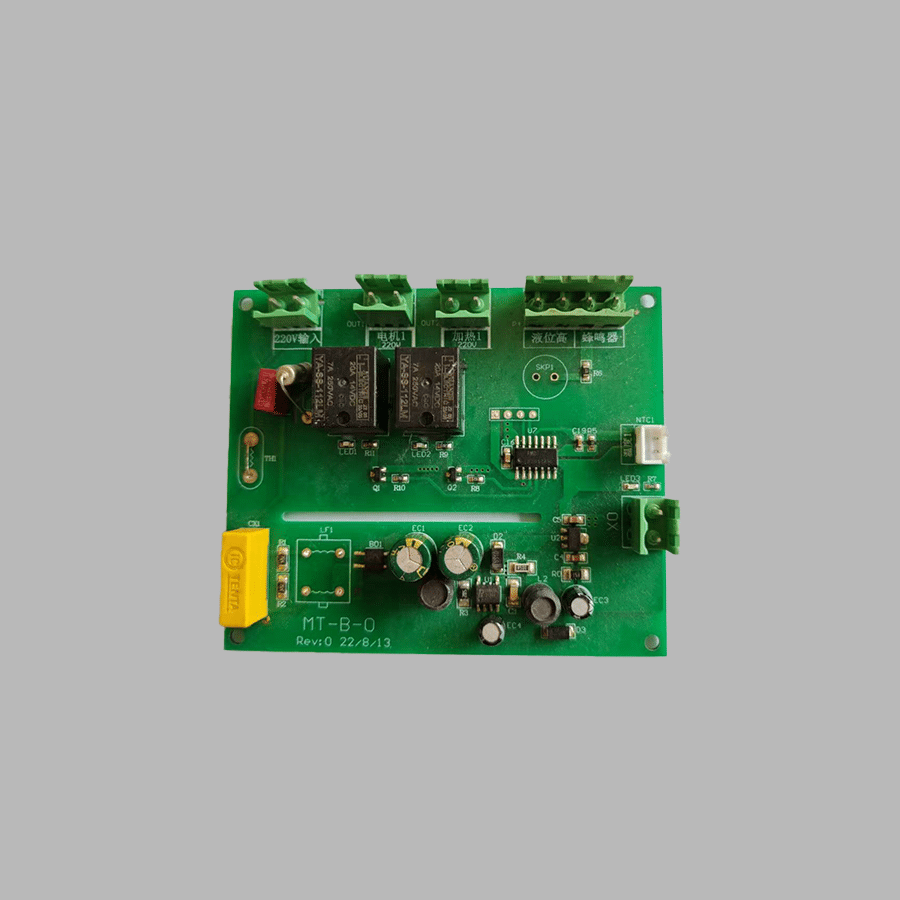
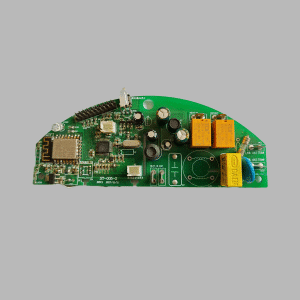
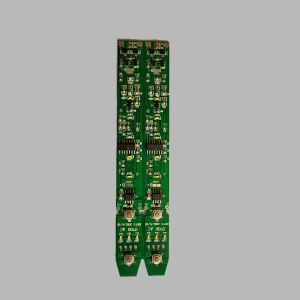
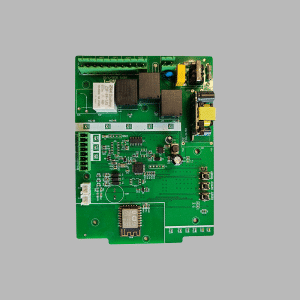
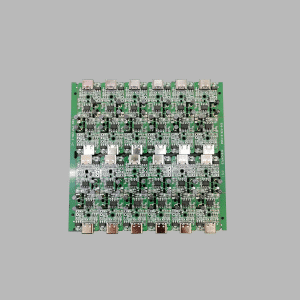




评价
目前还没有评价